
PDF) Serum N-Glycome Diversity in Teleost and Chondrostrean Fishes

Modeling Congenital Disorders of N-Linked Glycoprotein
Europe PMC is an archive of life sciences journal literature.

Site-Specific N-Glycan Characterization of Grass Carp Serum IgM

The Expanding Horizons of Asparagine-Linked Glycosylation
Background and aim: Glycomic alterations serve as biomarker tools for different diseases. The present study aims to evaluate the diagnostic capability of serum N-glycosylation to identify alcohol risk drinking in comparison with standard markers. Methods: We included 1516 adult individuals (age range 18–91 years; 55.3% women), randomly selected from a general population. A total of 143 (21.0%) men and 50 (5.9%) women were classified as risk drinkers after quantification of daily alcohol consumption and the Alcohol Use Disorders Identification Test (AUDIT). Hydrophilic interaction ultra-performance liquid chromatography (HILIC-UPLC) was used for the quantification of 46 serum N-glycan peaks. Serum gamma-glutamyltransferase (GGT), carbohydrate-deficient transferrin (CDT), and red blood cell mean corpuscular volume (MCV) were measured by standard clinical laboratory methods. Results: Variations in serum N-glycome associated risk drinking were more prominent in men compared to women. A unique combination of N-glycan peaks selected by the selbal algorithm shows good discrimination between risk-drinkers and non-risk drinkers for men and women. Receiver operating characteristics (ROC) curves show accuracy for the diagnosis of risk drinking, which is comparable to that of the golden standards, GGT, MCV and CDT markers for men and women. Additionally, the inclusion of N-glycan peaks improves the diagnostic accuracy of the standard markers, although it remains relatively low, due to low sensitivity. For men, the area under the ROC curve using N-glycome data is 0.75, 0.76, and 0.77 when combined with GGT, MCV, and CDT, respectively. In women, the areas were 0.76, 0.73, and 0.73, respectively. Conclusion: Risk drinking is associated with significant variations in the serum N-glycome, which highlights its potential diagnostic utility.
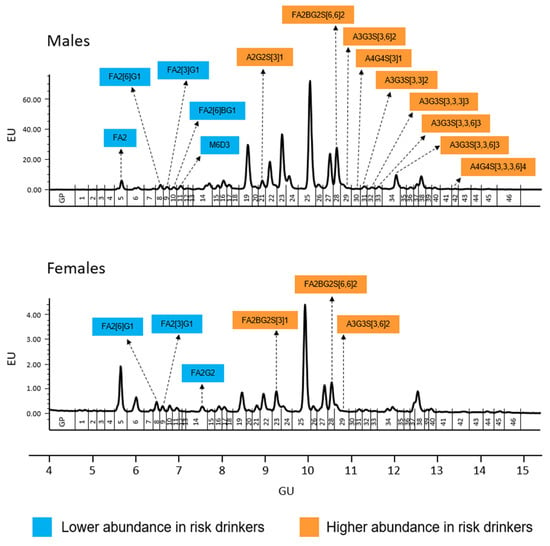
Biomolecules, Free Full-Text
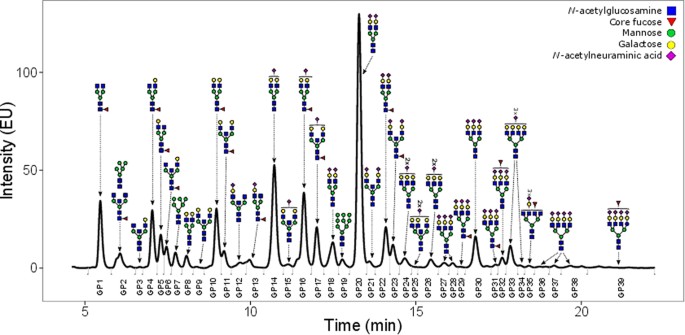
Changes in total plasma and serum N-glycome composition and
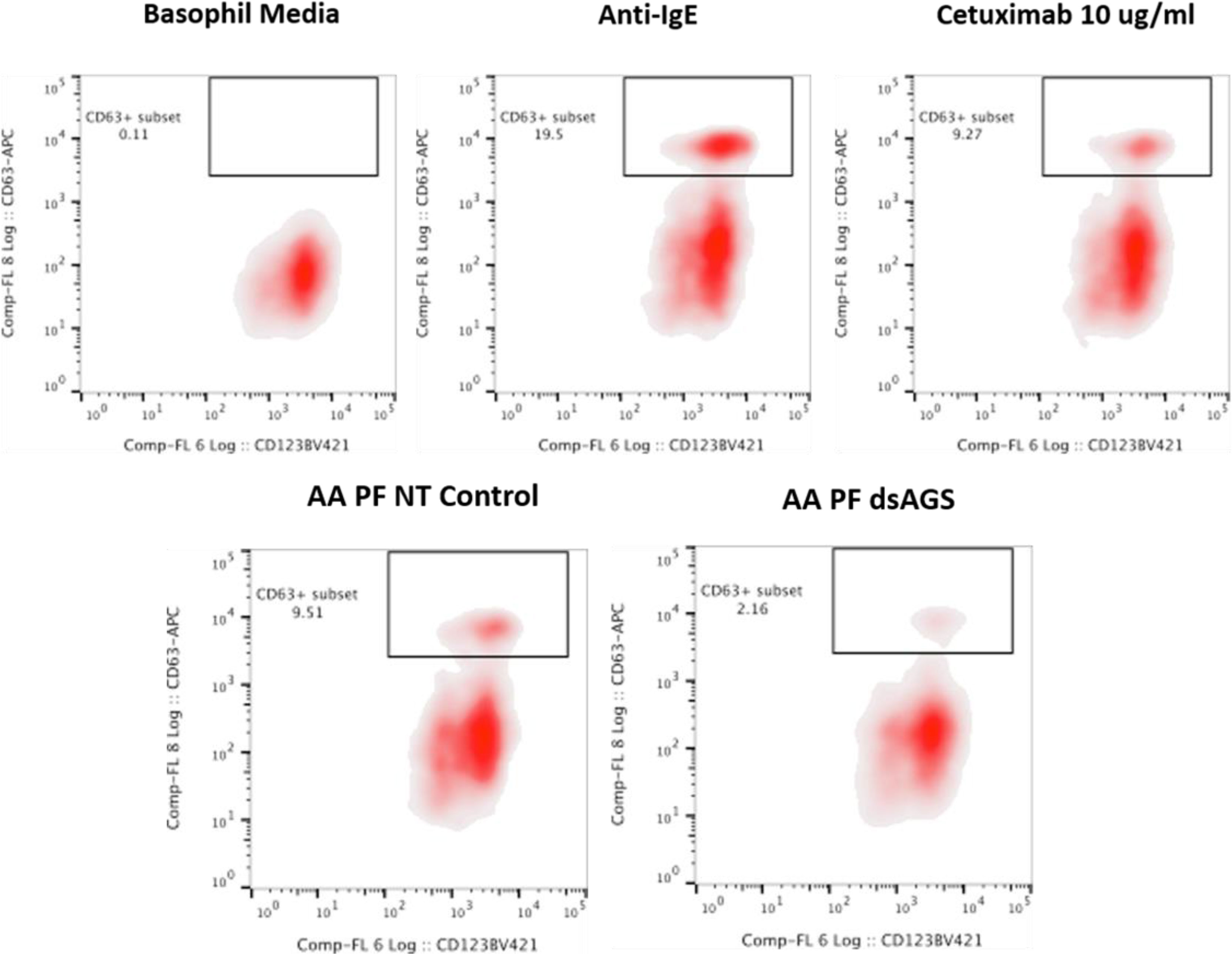
Frontiers Alpha-Gal Syndrome: Involvement of Amblyomma

The Logic of Automated Glycan Assembly

Atlantic Salmon Carries a Range of Novel O-Glycan Structures

Seeing the forest through the trees: characterizing the

PDF) Modeling Congenital Disorders of N-Linked Glycoprotein

Michael Tiemeyer's research works University of Georgia, GA (UGA

The Logic of Automated Glycan Assembly
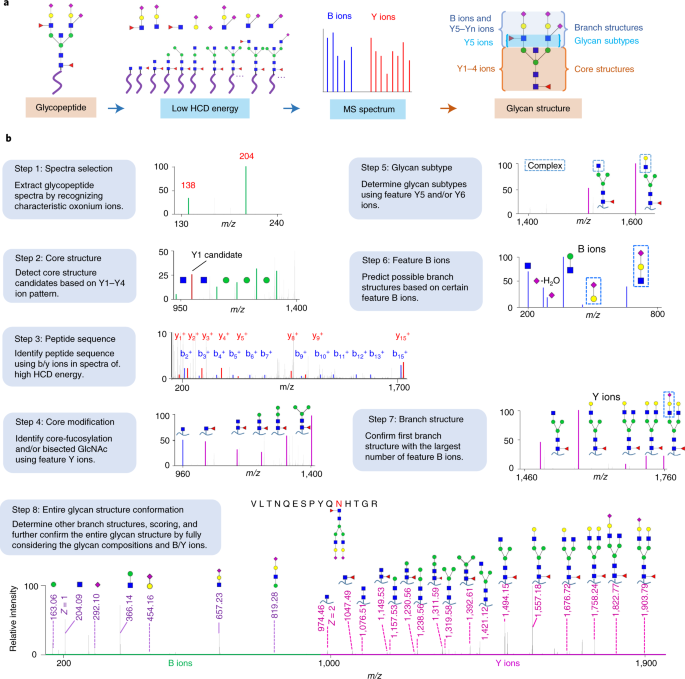
StrucGP: de novo structural sequencing of site-specific N-glycan
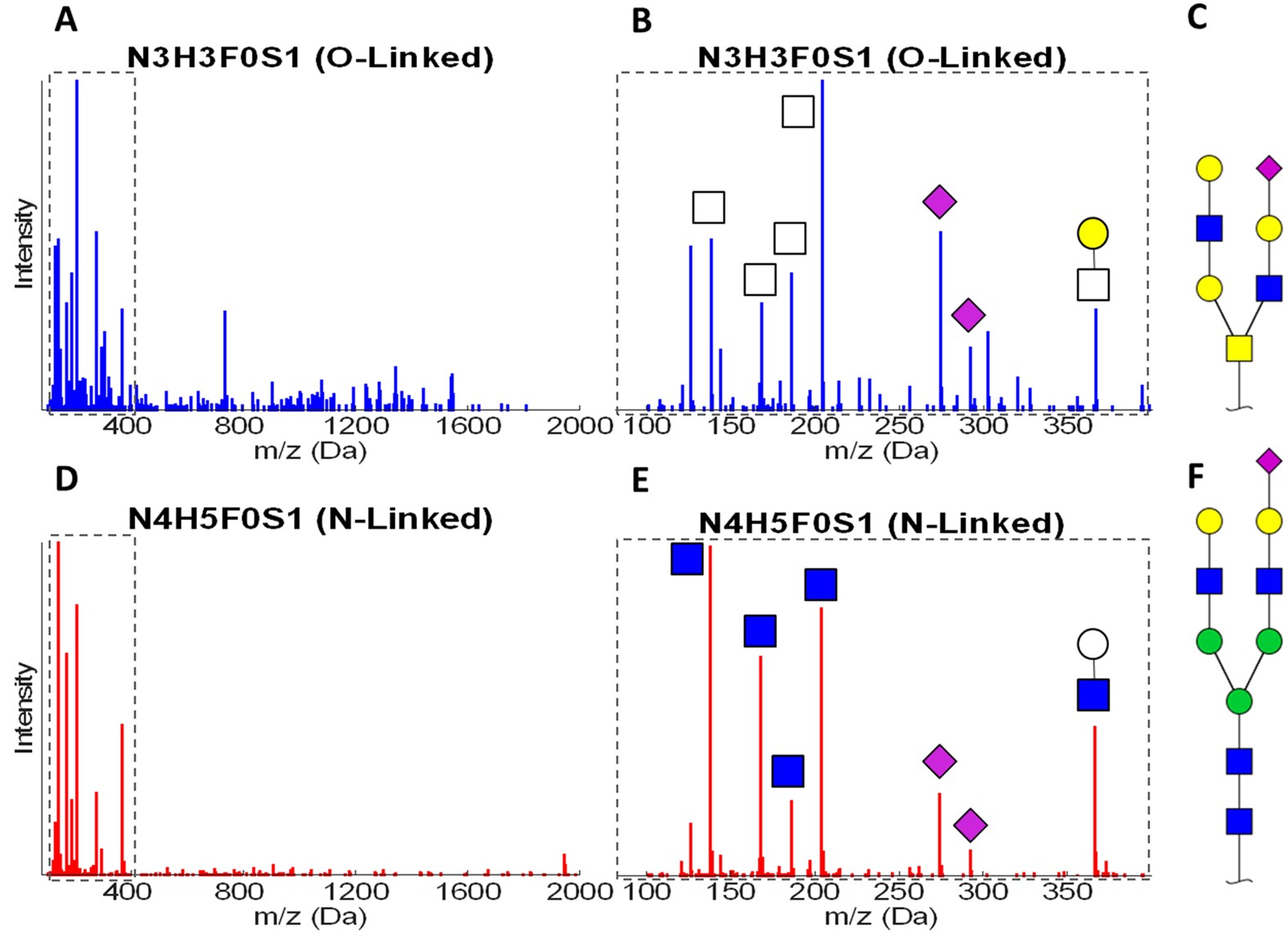
Classification of Tandem Mass Spectra for Identification of N- and
